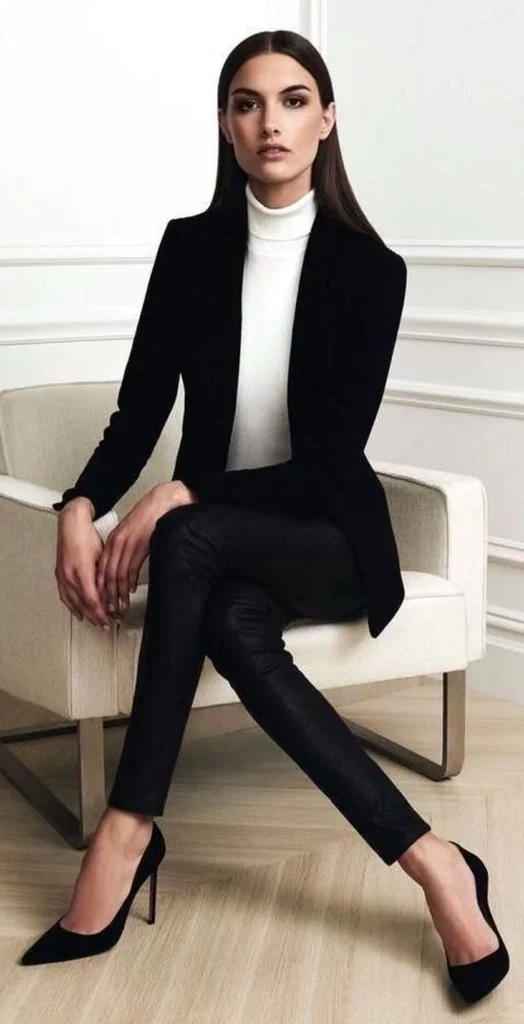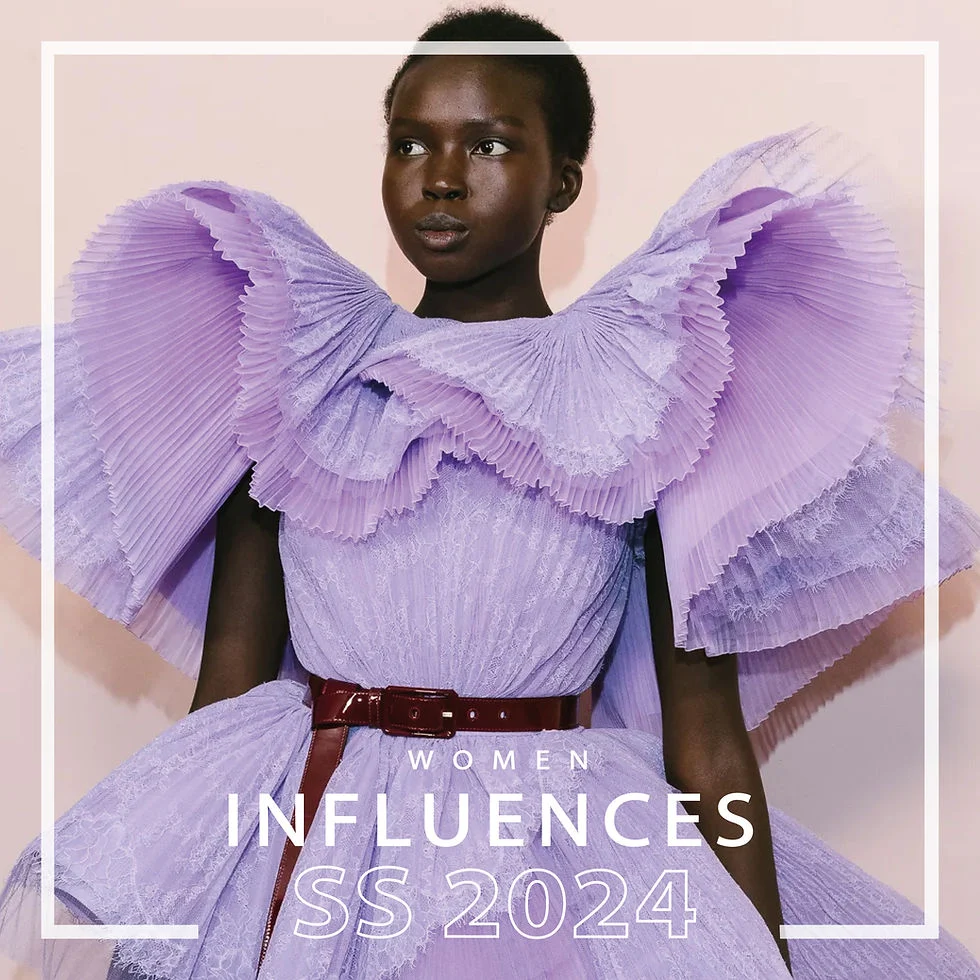Workwear fashion is an important aspect of professional attire, as it reflects a sense of style and confidence in the workplace. Professional and stylish outfits can make a powerful statement about a person’s competence and professionalism. Whether it’s a tailored suit for a formal office setting or a smart-casual ensemble for a more relaxed work environment, workwear fashion plays a crucial role in creating a professional image. The right workwear fashion can help individuals feel empowered and ready to take on the challenges of the day with poise and elegance. It is important to choose outfits that are not only stylish but also appropriate for the work environment, as they can enhance one’s professional presence and leave a lasting impression.
When it comes to workwear fashion, individuals often wonder about the best color palettes, versatile pieces, and accessories that can elevate their professional look. Finding the right balance between professionalism and personal style is a common concern, as people want to express their individuality while still adhering to workplace dress codes. Additionally, the concept of “power dressing” and how it influences perceptions in the workplace is a topic of interest for many. Understanding how to use clothing to convey authority and competence without sacrificing style is a key aspect of workwear fashion. Mastering the art of professional and stylish outfits can boost confidence and leave a lasting impression in a professional setting.
1. The Importance of Workwear Fashion
Workwear fashion is an essential aspect of professional life, as it not only reflects a person’s professional image but also impacts their confidence and performance in the workplace. The right workwear can convey professionalism, competence, and attention to detail, which are all crucial for making a positive impression on colleagues, clients, and superiors.
Additionally, workwear fashion plays a role in creating a sense of belonging and unity within a workplace. When employees dress in a manner that aligns with the company’s dress code or overall aesthetic, it can foster a cohesive and professional environment.
2. Professional and Stylish Outfits for the Office
Professional and stylish office outfits often include tailored pieces such as blazers, trousers, and pencil skirts. These items can be paired with classic button-up shirts, silk blouses, or high-quality knitwear. Accessorizing with understated jewelry, such as a simple necklace or stud earrings, can add a touch of elegance to the ensemble.
For a more modern and fashion-forward look, incorporating statement pieces like a bold-colored blazer or a patterned top can showcase personal style while still maintaining a professional appearance. It’s important to choose clothing that fits well and is comfortable to wear throughout the workday.
3. Finding the Right Balance Between Professional and Fashionable
Finding the right balance between professional and fashionable workwear involves understanding the dress code of the workplace and incorporating personal style within those parameters. It’s important to choose clothing that is both office-appropriate and showcases individuality. This could mean adding a pop of color with a scarf or tie, or opting for a unique accessory that doesn’t detract from the overall professional look.
Additionally, paying attention to grooming and personal presentation, such as ensuring clothes are clean and well-pressed, and grooming is tidy, can elevate any outfit and contribute to a polished and professional appearance.
4. Incorporating Trends into Workwear Fashion
While it’s important to adhere to professional dress codes, incorporating current fashion trends can add a stylish touch to workwear. This could be achieved through subtle means, such as choosing clothing in trending colors or incorporating small details like statement sleeves or interesting textures.
It’s essential to approach trend incorporation with discretion, ensuring that any trendy elements still align with the overall professional image. This might mean choosing one trendy piece per outfit and balancing it with classic, timeless items to maintain a professional aesthetic.
5. Dressing for Different Work Environments
The appropriate workwear can vary depending on the specific work environment. For example, a more conservative industry like finance or law may require traditional business attire, while a creative industry like advertising or design may allow for more flexibility and self-expression in clothing choices.
Understanding the expectations and norms of a particular work environment is crucial for dressing appropriately. This could involve observing the attire of colleagues and superiors, seeking guidance from human resources, or referring to any official dress code policies.
6. The Impact of Workwear on Confidence and Productivity
The right workwear can have a significant impact on an individual’s confidence and productivity in the workplace. When a person feels well-dressed and put-together, it can boost their self-assurance and overall mindset, leading to improved performance and interactions with others.
Research has shown that wearing professional attire can lead to increased focus and a sense of authority, which can positively influence how an individual carries themselves and approaches their work responsibilities.
7. Building a Versatile Workwear Wardrobe
Building a versatile workwear wardrobe involves investing in high-quality, timeless pieces that can be mixed and matched to create various professional looks. This may include classic items like a well-tailored suit, versatile dresses, and quality footwear such as dress shoes or heels.
By choosing neutral colors and classic silhouettes, individuals can create a wardrobe that offers flexibility and longevity, reducing the need for frequent clothing purchases and ensuring a polished and professional appearance for any occasion.
8. Workwear Fashion for Remote and Virtual Work
With the rise of remote and virtual work arrangements, the concept of workwear fashion has evolved to accommodate a more casual and comfortable approach. While the traditional office dress code may not apply, it’s still important to dress in a manner that motivates productivity and maintains a professional mindset.
This could involve opting for smart-casual attire that still feels put-together, even if it’s more relaxed than traditional office wear. Choosing clean and presentable clothing, even if it’s more casual, can help individuals establish a work-life boundary and approach their remote work with a sense of professionalism and focus.
| Item | Description |
|---|---|
| Blazer | A tailored blazer in a neutral color such as black, navy, or gray |
| Button-down shirt | A crisp, collared shirt in white or light blue |
| Trousers | Well-fitted trousers in a classic style and color |
| Pumps | Closed-toe pumps in a coordinating color |
| Tote bag | A structured tote in leather or a high-quality synthetic material |
Workwear Fashion: Professional and Stylish Outfits
Workwear fashion emphasizes professional attire that is both polished and stylish. It typically includes tailored blazers, button-down shirts, well-fitted trousers, and closed-toe pumps. Accessories such as a structured tote bag can add a finishing touch to the overall look. The key is to choose classic and high-quality pieces that exude confidence and competence in the workplace.



